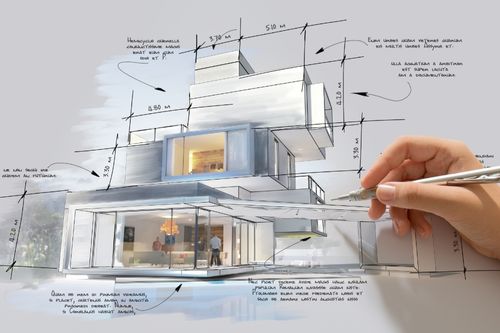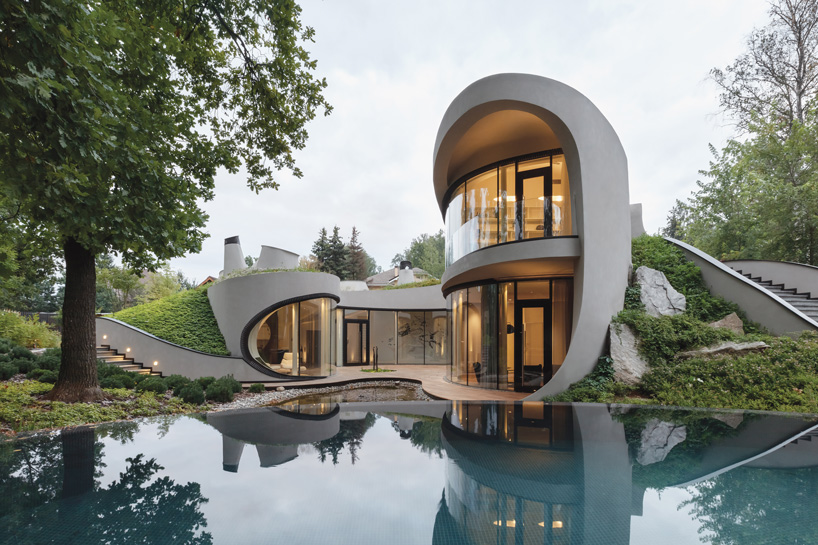Changing Spaces: The Vision of CDA Architects for Modern Living
Changing Spaces: The Vision of CDA Architects for Modern Living
Blog Article
A Thorough Review of Building Styles and Their Impact on Modern City Preparation and Advancement
Building designs have long served as a mirror to the social worths and technical developments of their time, playing a critical role in shaping modern-day city preparation and advancement. From the magnificence of Neoclassicism to the utilitarian method of Brutalism, each design has actually presented distinct concepts that affect urban aesthetics and performance.
Historic Introduction of Architectural Styles

As cultures transitioned through the Middle Ages, Gothic architecture emerged, characterized by its verticality and intricate outlining, matching the spiritual goals of the age. The Renaissance marked a revival of timeless ideals, merging art and style in ingenious methods that affected subsequent styles throughout Europe.

Today, building designs remain to advance, driven by globalization and sustainability concerns, showing a dynamic interplay in between heritage and development. This historical overview emphasizes the value of style as a mirror of societal advancement and as a driver for urban growth.
Trick Architectural Styles Explained
The diversity of architectural styles shows the myriad impacts that shape our built environment, each personifying distinct attributes and social values. Secret building designs include Classical, Gothic, Baroque, Innovation, and Postmodernism, each standing for distinct historical contexts and aesthetic philosophies.
Classic architecture, rooted in old Greece and Rome, emphasizes symmetry, proportion, and using columns (cda architects). In contrast, Gothic style, flourishing between Ages, is identified by sharp arches, ribbed safes, and flying buttresses, producing an aerial quality in cathedrals. Baroque design, arising in the 17th century, is marked by grandeur, sophisticated embellishment, and a dynamic interplay of light and shadow
Modernism, which got energy in the early 20th century, prioritizes function over form, using new products like steel and glass to develop minimal structures. Postmodernism, responding against the austerity of Innovation, embraces eclecticism and historical referral, usually incorporating playful components and irony.

Influence On Urban Preparation
In forming the advancement of cities, building styles substantially influence metropolitan preparation choices. The option of building style often dictates the aesthetic appeals, performance, and total personality of city environments.
In addition, building styles can influence zoning regulations and land use policies. Urban coordinators must think about the dominating architectural fads when making districts, guaranteeing that new developments harmonize with existing structures. This factor to consider cultivates cohesive city landscapes and improves neighborhood identity.
The execution of specific building designs can likewise influence socioeconomic elements within a city. Premium modern styles might bring in affluent residents and organizations, leading to gentrification, while a lot more affordable real estate remedies may focus on practical and lasting styles to suit diverse populaces. cda architects. Inevitably, the interplay in between building designs and urban planning creates dynamic cities that mirror both historical context and modern needs, forming the lived experiences of their citizens
Sustainability and Modern Design
Building styles play an essential duty in dealing with modern difficulties, specifically in the realm of sustainability. As urban areas increase and environmental concerns magnify, modern-day design increasingly embraces sustainable design concepts that focus on energy effectiveness, resource preservation, and minimal eco-friendly effect.
Contemporary building activities, such as biophilic style and environment-friendly architecture, advocate for frameworks that harmonize with their environments, making use of all-natural products and advertising biodiversity. These designs usually incorporate renewable resource sources, such as solar panels and wind generators, to minimize dependence on fossil fuels and lower carbon impacts.
Additionally, the assimilation of innovative modern technologies, such as wise structure systems, improves energy monitoring, enhancing resource use while making sure occupant convenience. Innovative water monitoring strategies, consisting of rainwater harvesting and greywater recycling, additional contribute to sustainable city settings.
Notably, sustainability extends beyond environmental issues; it incorporates social and click this economic dimensions as well. By promoting community wellness and promoting inclusivity, contemporary architectural designs straighten with lasting advancement objectives. Consequently, the development of building methods continues to shape durable cities that not only meet the needs of the here and now but additionally safeguard the future for generations to find.
Area Involvement in Design
Community interaction in design offers as an essential bridge in between designers and the populations they offer, ensuring that the developed environment shows the needs and ambitions of its users. This joint procedure welcomes area members to add their insights and choices, promoting a sense of ownership and responsibility towards the spaces they live in.
Reliable area involvement utilizes numerous techniques, such as workshops, surveys, and public discussion forums, to collect varied point of views. These techniques assist in a two-way discussion, enabling engineers to comprehend local contexts while equipping homeowners to voice their issues and wishes. This inclusivity not just enhances the layout high quality yet additionally promotes social equity by resolving the special obstacles faced by marginalized teams.
Furthermore, community interaction can lead to cutting-edge options that may not emerge in a typical style process. By integrating neighborhood knowledge visit homepage and cultural worths, engineers can develop rooms that resonate even more deeply with individuals, enhancing use and sustainability. Ultimately, focusing on area involvement in design processes results in settings that nurture social communications, support health, and enhance neighborhood ties, thus playing a pivotal duty in shaping modern-day city landscapes.
Final Thought
Building styles have actually profoundly affected modern-day city planning and growth, mirroring progressing cultural and technical contexts. The integration of historical aesthetic appeals with modern demands fosters urban atmospheres that prioritize sustainability and community engagement. As cities continue to expand and adjust, the continuous dialogue in between building heritage and modern-day more info here design principles will remain crucial in producing inclusive, lively areas that enhance lifestyle and advertise social equity. The future of city advancement joints on this unified equilibrium.
Report this page